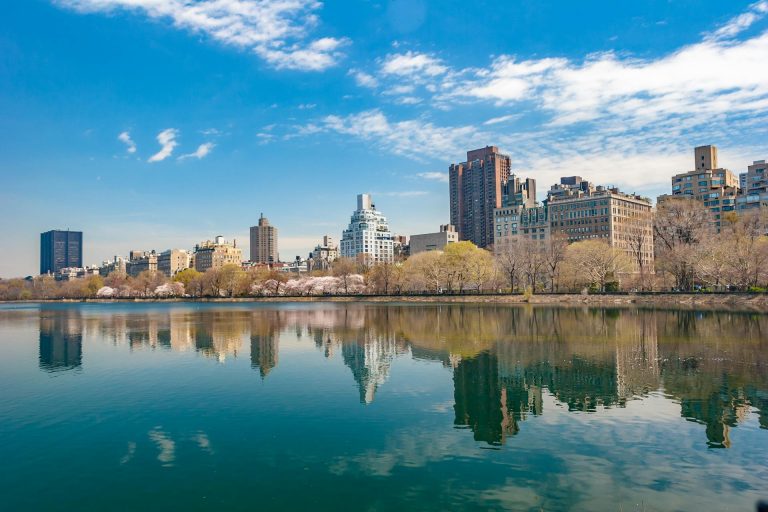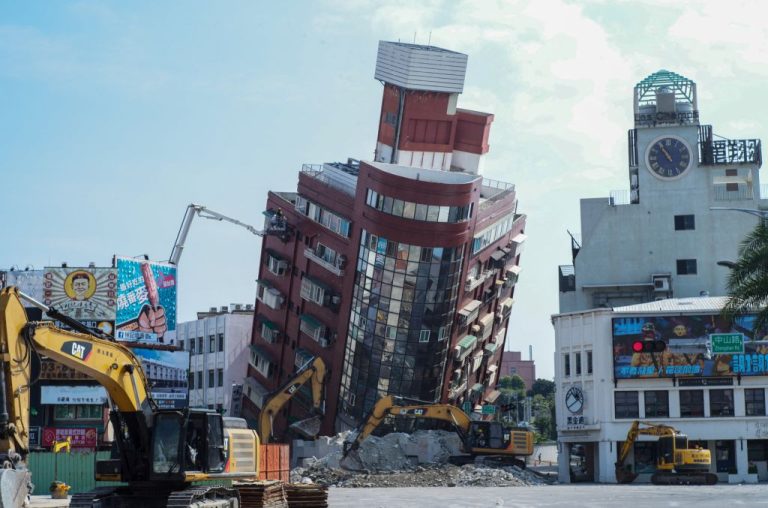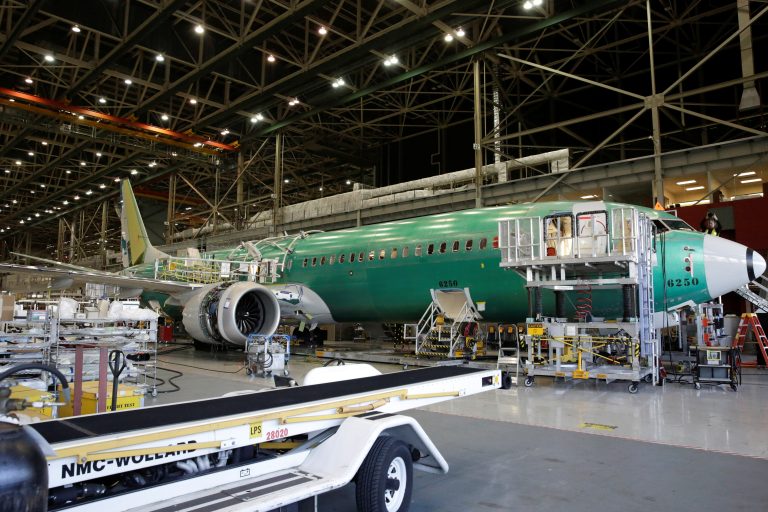As Japan faces the aftermath of another devastating earthquake, the nation entered 2024 grappling with scenes of utter destruction along its western coast. The quake, which struck the Noto Peninsula in the Ishikawa prefecture in the afternoon of New Year’s Day, triggered a desperate race against time to find survivors amid a death toll that rose to 62 within the first three days of the disaster.
The 7.6 magnitude temblor led to the collapse of thousands of buildings as it ignited fires, knocked down power and phone lines, and prompted tsunami alerts extending as far as eastern Russia. On Jan. 3, Japanese public broadcaster NHK reported there were at least 62 fatalities related to the quake, adding that the full extent of the devastation will take weeks to assess.
Wajima City, with a population exceeding 27,000, is among the hardest hit, local media reports. The city — known for its morning market and traditional lacquerware — is now marred by smoldering fires and collapsed buildings. In addition, approximately 200 commercial buildings and homes in the popular tourist area of Asaichi Street were engulfed by fire, with fears of people still trapped inside.
‘A battle against time’
The earthquake and subsequent tsunami warnings prompted mass evacuations — with more than 27,700 people in Ishikawa seeking refuge across 336 evacuation centers.
These spaces, hastily set up in schools, community halls, and other public buildings, have become a temporary home for hundreds of thousands of displaced victims. Volunteers and relief workers are working around the clock to provide essential supplies, medical care, and support, said Japan’s Prime Minister Fumio Kishida during an emergency meeting following the disaster.
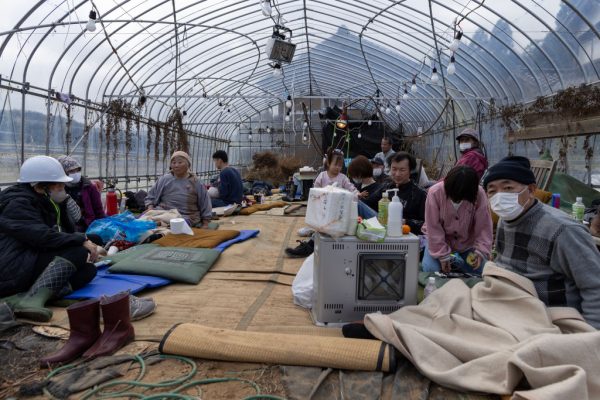
Success
You are now signed up for our newsletter
Success
Check your email to complete sign up
While tsunami warnings were lifted early on Jan. 2, access to the Noto Peninsula remains limited, which is hampering rescue efforts, said Kishida. “To secure the route there, we are to mobilize all the means of transport, not only on the ground but also by aerial and marine transport.”
He further elaborated, “Rescue efforts are a battle against time. Especially the victims of collapsed buildings, [who] have to be saved as soon as possible.” Japan’s Self Defense Force, police, and fire emergency teams have been dispatched to the affected areas and are working through the night to rescue survivors trapped in debris, added Kishida.
The plight extends to Noto Airport, where around 500 people are stranded due to terminal damage. Survivors were provided with food and blankets but face isolation as nearby roads are rendered impassable. The airport is expected to remain closed until at least Jan. 4.
On Jan. 2, Japan Airlines (JAL) Flight 516 and a coast guard plane collided at Tokyo’s Haneda Airport — claiming five lives, NHK reports. Preliminary investigations into the crash indicate that the crew of the coast guard plane, which was involved in disaster relief work, had mistakenly thought they were cleared for takeoff.
There were no fatalities on Flight 516, which saw the crew evacuate the 367 passengers in just 18 minutes before the aircraft, an Airbus A350, burned up in a jet fuel explosion. Of the six crewmembers on the coast guard plane, only the captain survived.
A report by Japan’s Nikkei Asia credited the rigorous training given to JAL crew, which gave them only 90 seconds to deplane all passengers after opening the emergency exits, as proving crucial in allowing the safe escape.
RELATED: Massive Earthquake Rocks China as Rescue Efforts Are Hampered by Frigid Temperatures
Experts warn of ‘aftershocks’
To further complicate matters, authorities issued warnings cautioning the public against the possibility of “additional seismic activity” resulting from aftershocks. Following the main quake, smaller temblors rattled Ishikawa prefecture and its surrounding regions, with authorities warning residents to “stay vigilant” and prepare for potential evacuations.
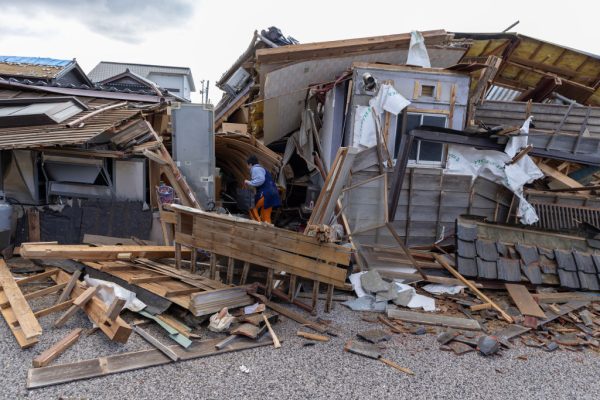
In Suzu — a town located by the quake’s epicenter — the damage is catastrophic, Reuters reports. Mayor Masuhiro Izumiya estimates that up to 90 percent of homes in the area may have been destroyed, affecting approximately 5,000 families.
Susan Hough, a seismologist with the U.S. Geological Survey warns that the earthquake’s aftershocks pose a continuing threat that could persist for months. “An earthquake this big is going to continue to have aftershocks. It could easily have aftershocks bigger than magnitude 6, so that is going to be a hazard in its own right,” notes Hough.
‘Far from over’
Toshitaka Katada, a professor with the University of Tokyo specializing in natural disasters, told the Associated Press that the calamity may still be “far from over.” Katada noted that the devastating 2011 earthquake was followed by a tsunami and other small quakes.
“Having too much confidence in the power of science is very dangerous. We are dealing with nature,” added Katada.
While the current disaster does not match the 2011 earthquake and subsequent tsunami in scale, the impact is nonetheless profound — with over 45,000 households left without power and significant damage to infrastructure.
During the 2011 disaster, Japan was struck by a 9.0 magnitude earthquake, which killed nearly 20,000 people and triggered a catastrophic tsunami, leading to widespread destruction and a nuclear meltdown at the Fukushima power plant.
Located in the Pacific “Ring of Fire,” Japan experiences around one fifth of the world’s major earthquakes. Every year, there are up to 2,000 that can be felt.





